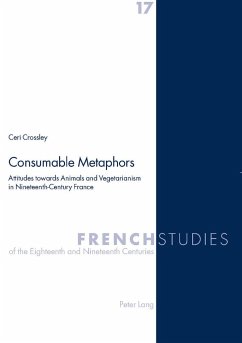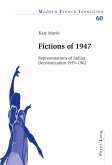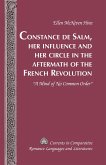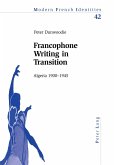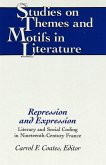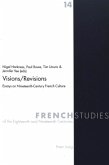This book studies the various definitions of animal nature proposed by nineteenth-century currents of thought in France. It is based on an examination of a number of key thinkers and writers, some well known (for example, Michelet and Lamartine), others largely forgotten (for example, Gleizes and Reynaud). At the centre of the book lies the idea that knowledge of animals is often knowledge of something else, that the primary referentiality is overlaid with additional levels of meaning. In nineteenth-century France thinking about animals (their future and their past) became a way of thinking about power relations in society, for example about the status of women and the problem of the labouring classes.
This book analyses how animals as symbols externalize and mythologize human fears and wishes, but it also demonstrates that animals have an existence in and for themselves and are not simply useful counters functioning within discourse.
This book analyses how animals as symbols externalize and mythologize human fears and wishes, but it also demonstrates that animals have an existence in and for themselves and are not simply useful counters functioning within discourse.
«A main strength of the volume is that while a chronological structure is used to organize the material, the developing arguments map the heterogeneity of thought on animals rather than suggesting any unified and linear progression of ideas through the period. The diversity of the currents of thought explored reminds us that developments in the 'history of ideas' are most successfully mapped when they are understood, as they are here, as flows, counter-flows and exchanges.» (Rachael Langford, French Studies)

